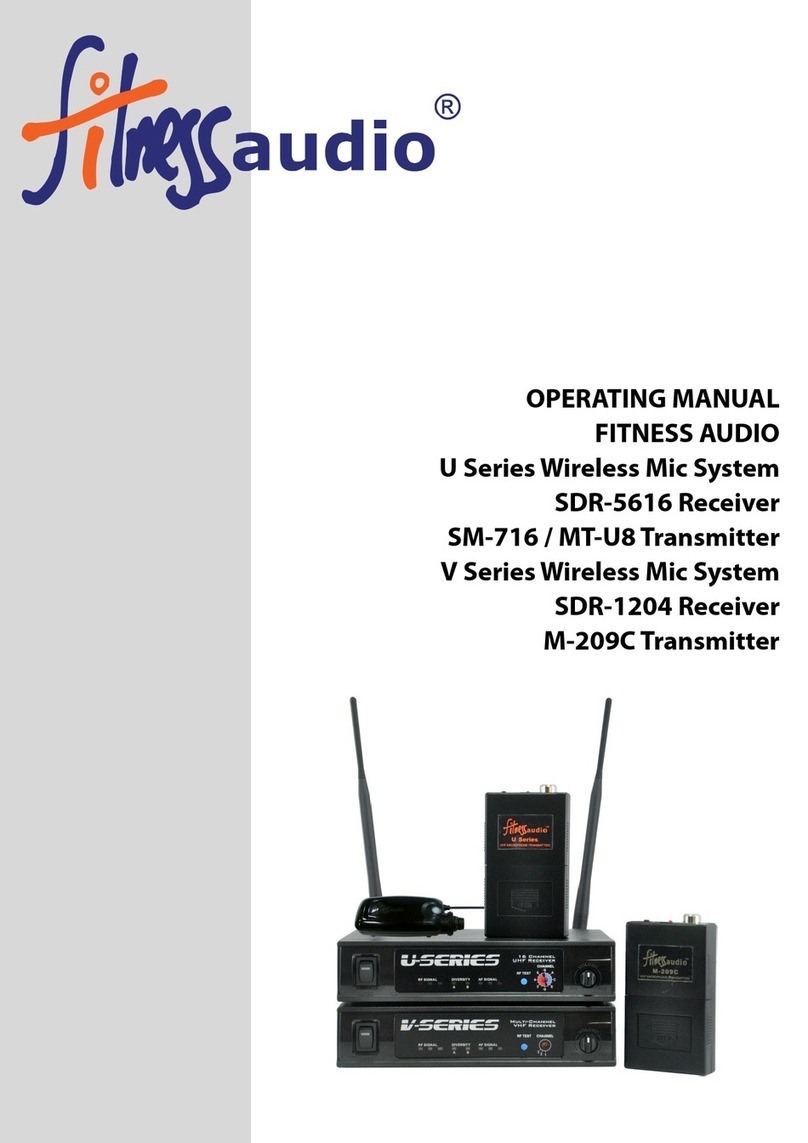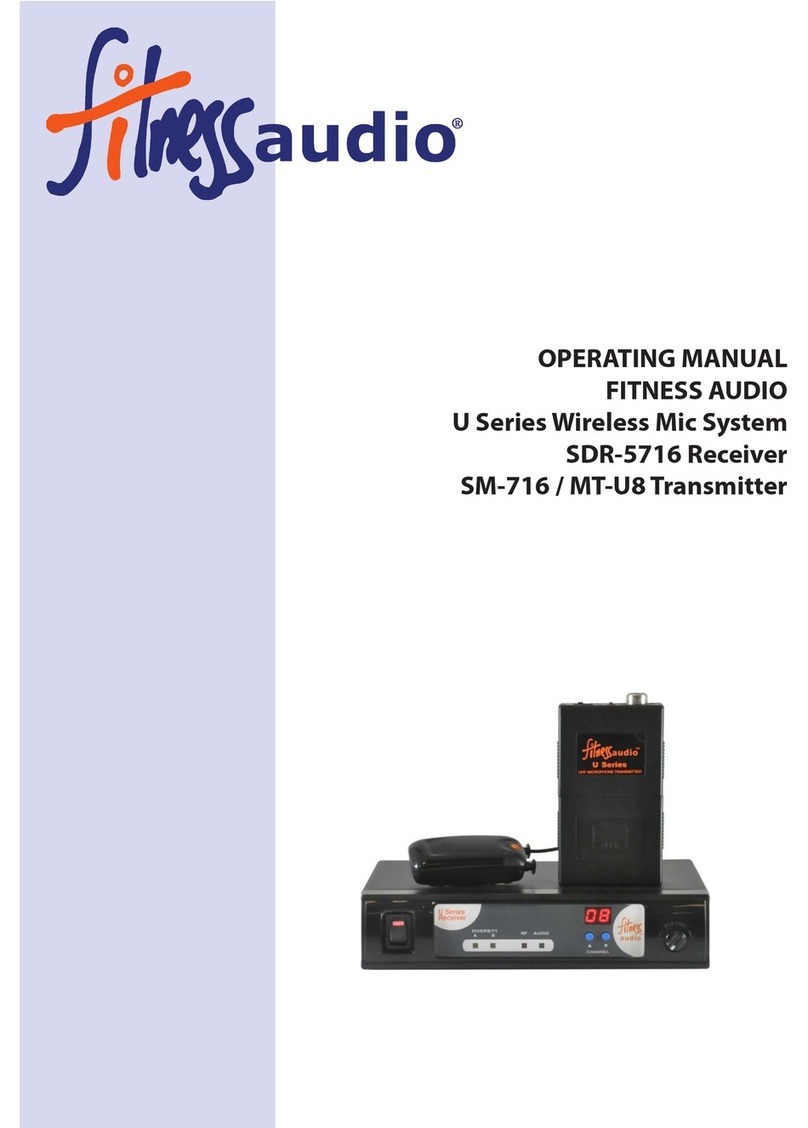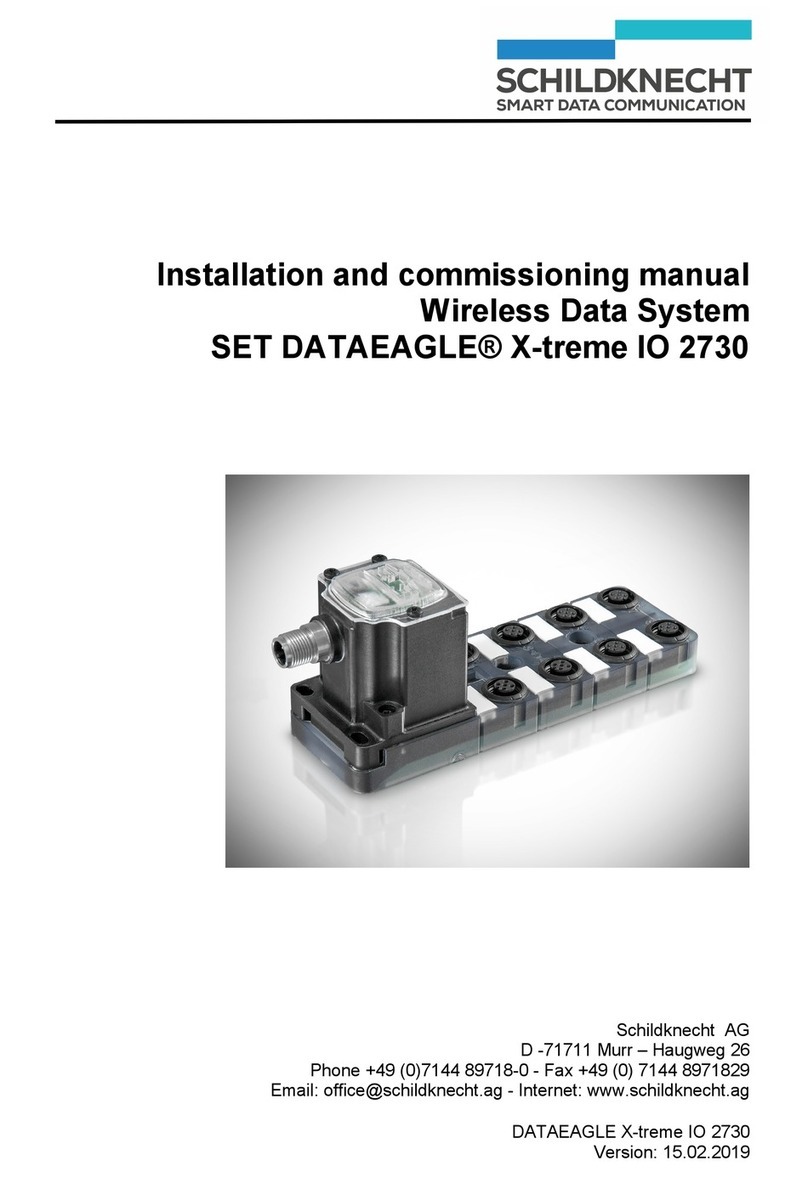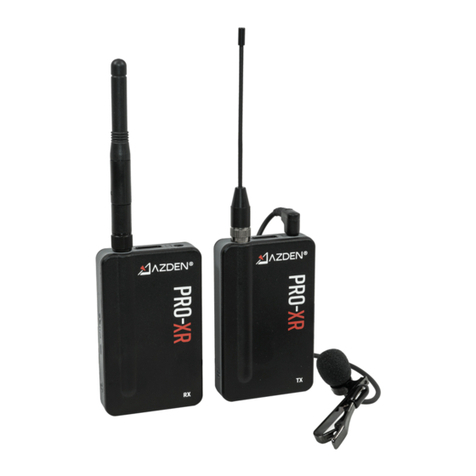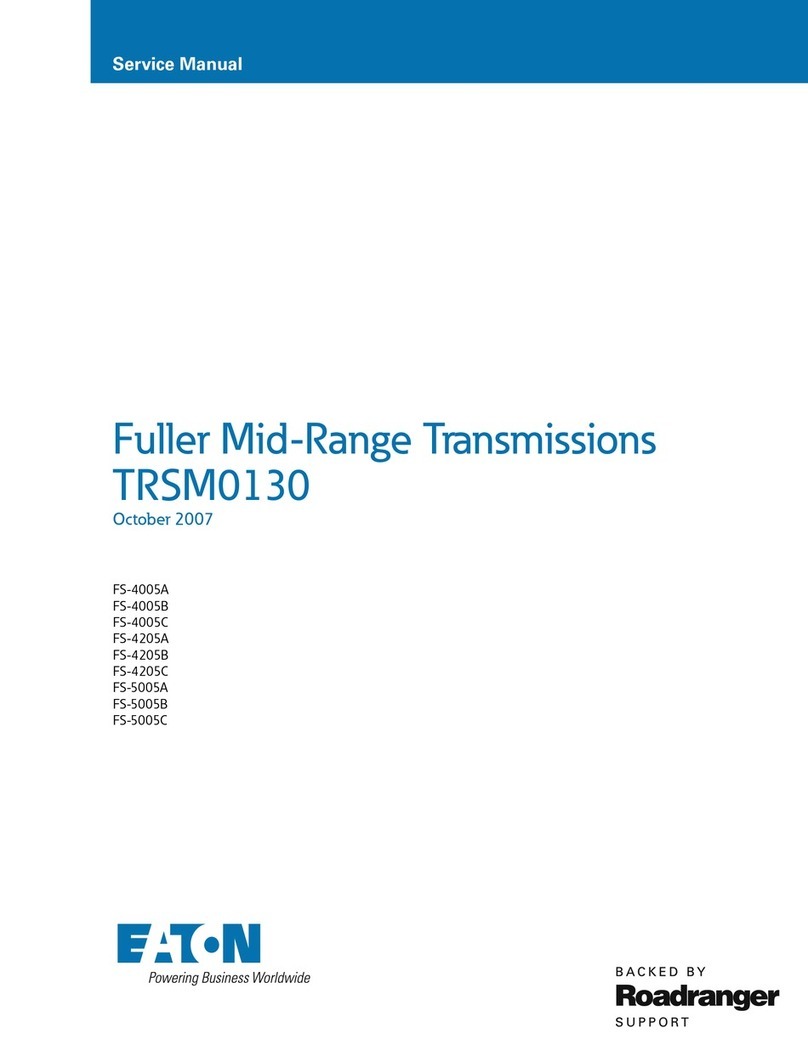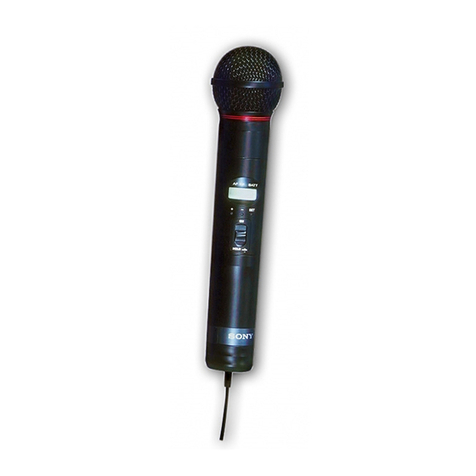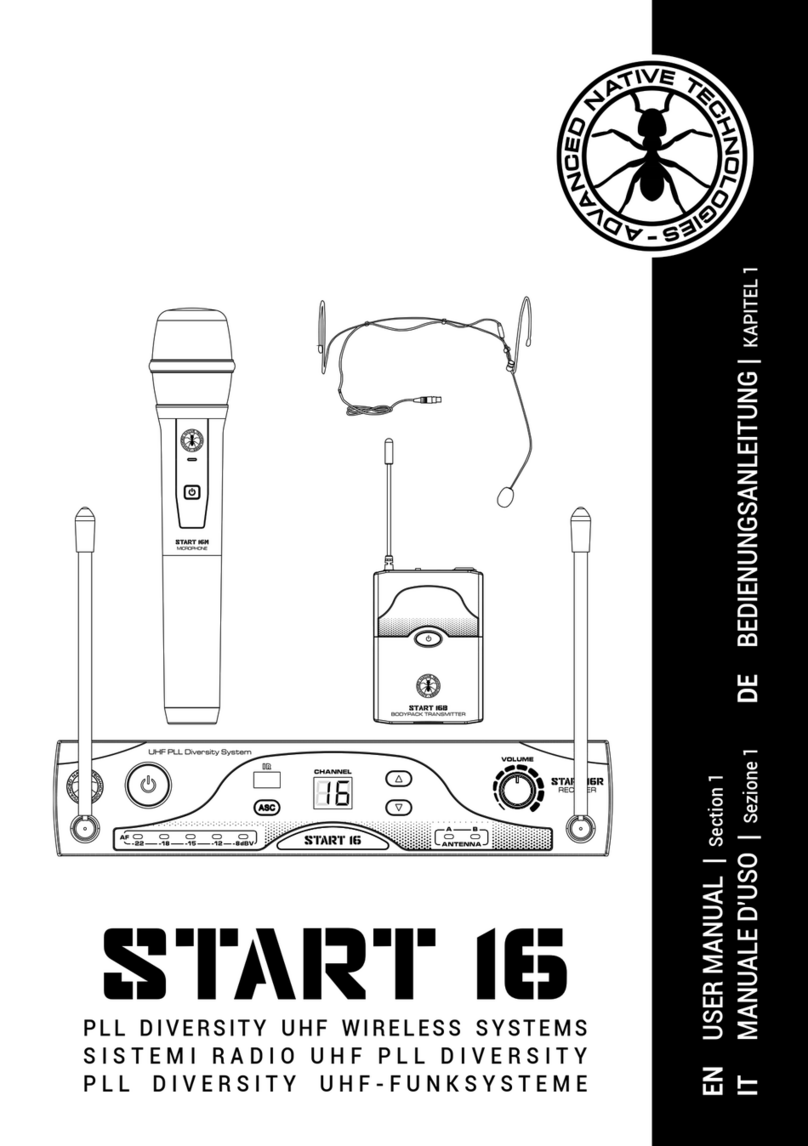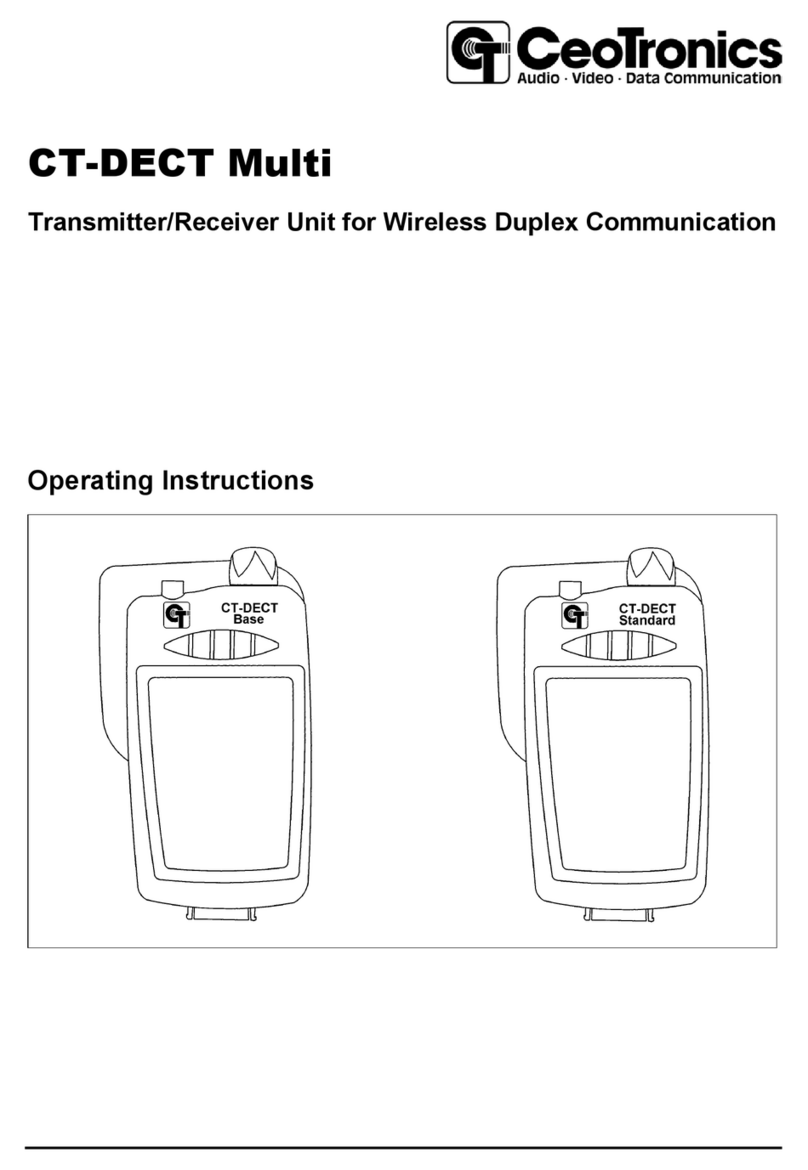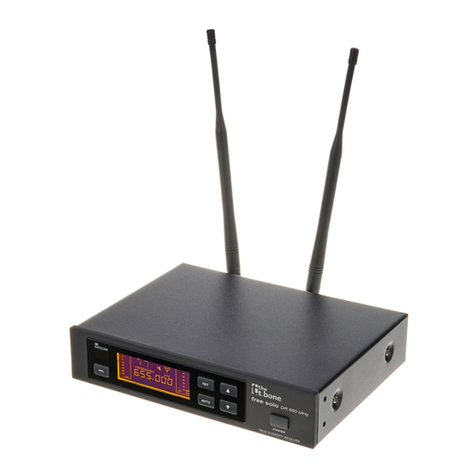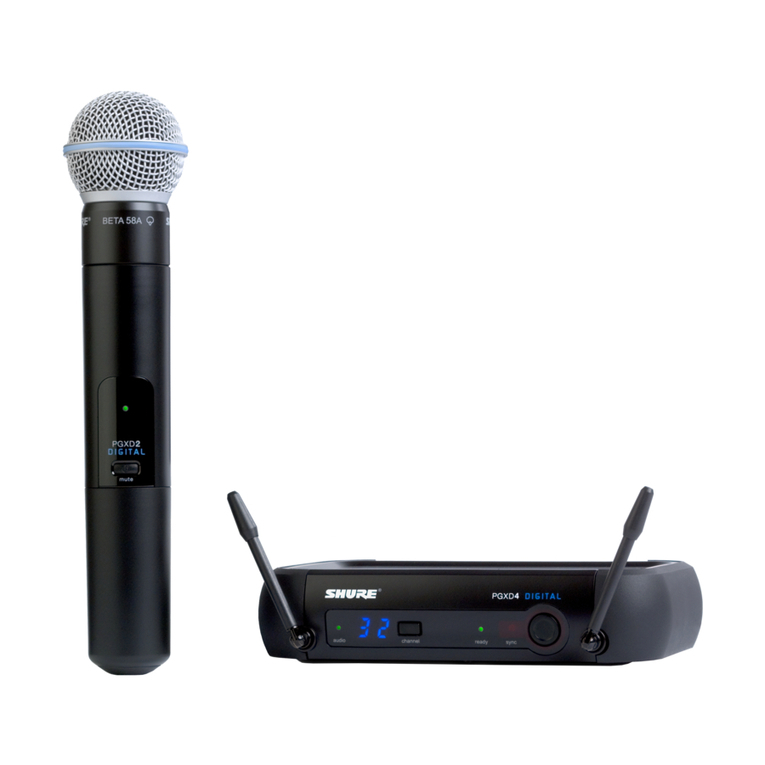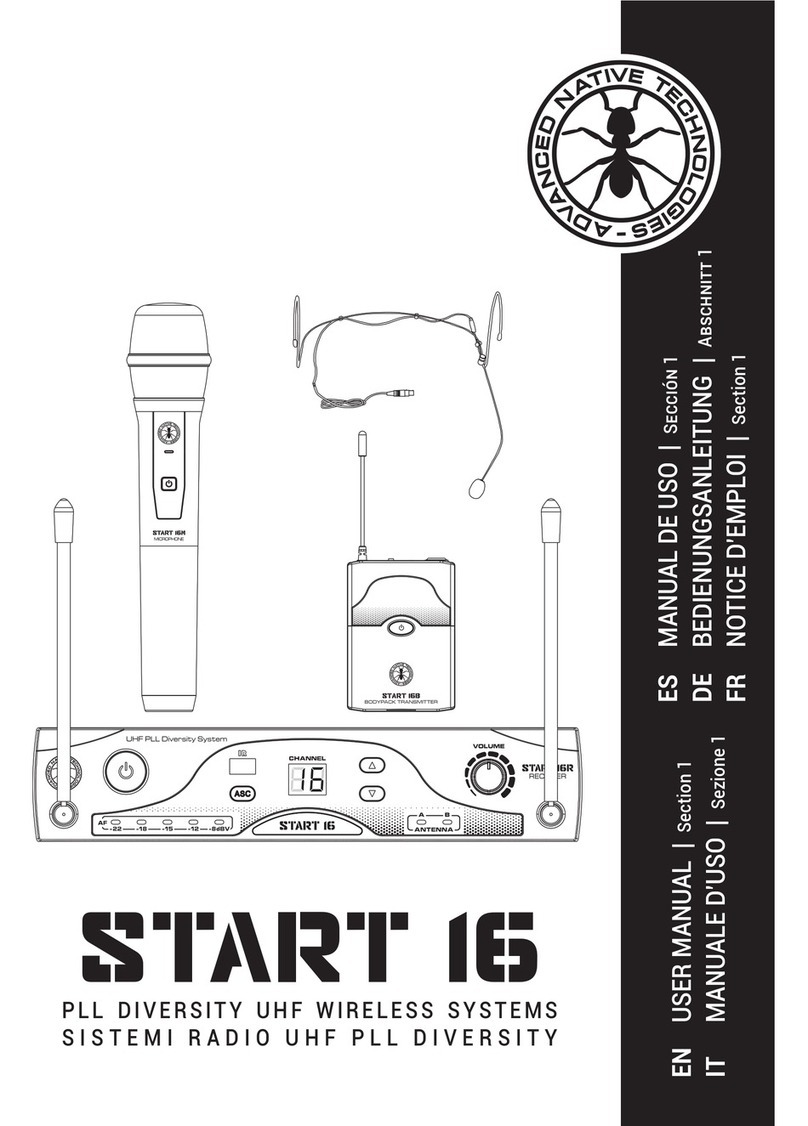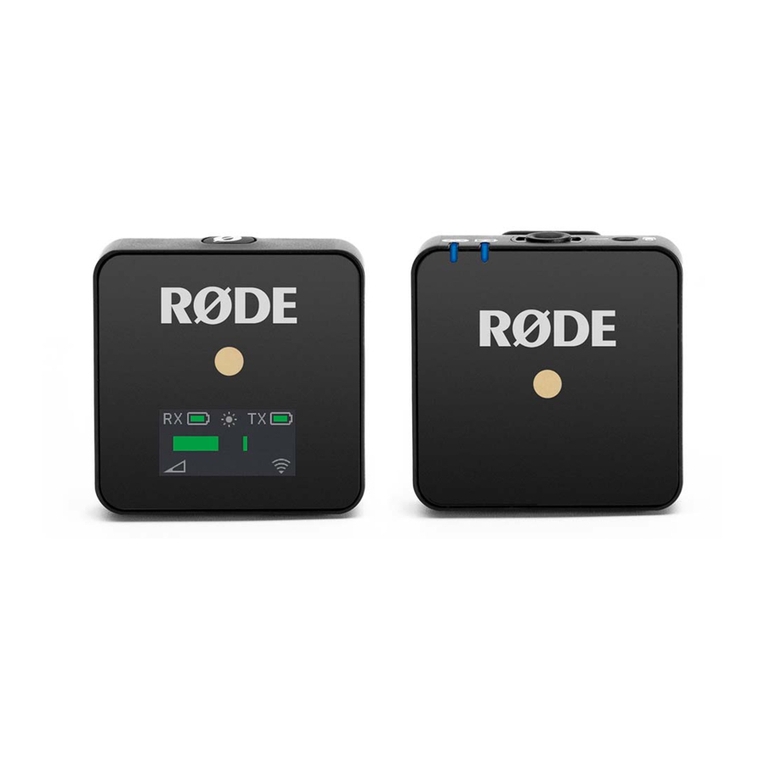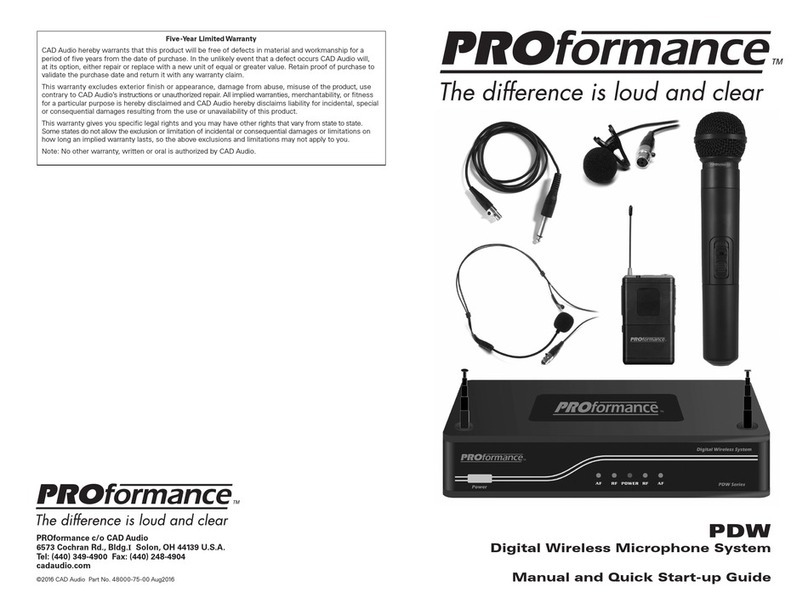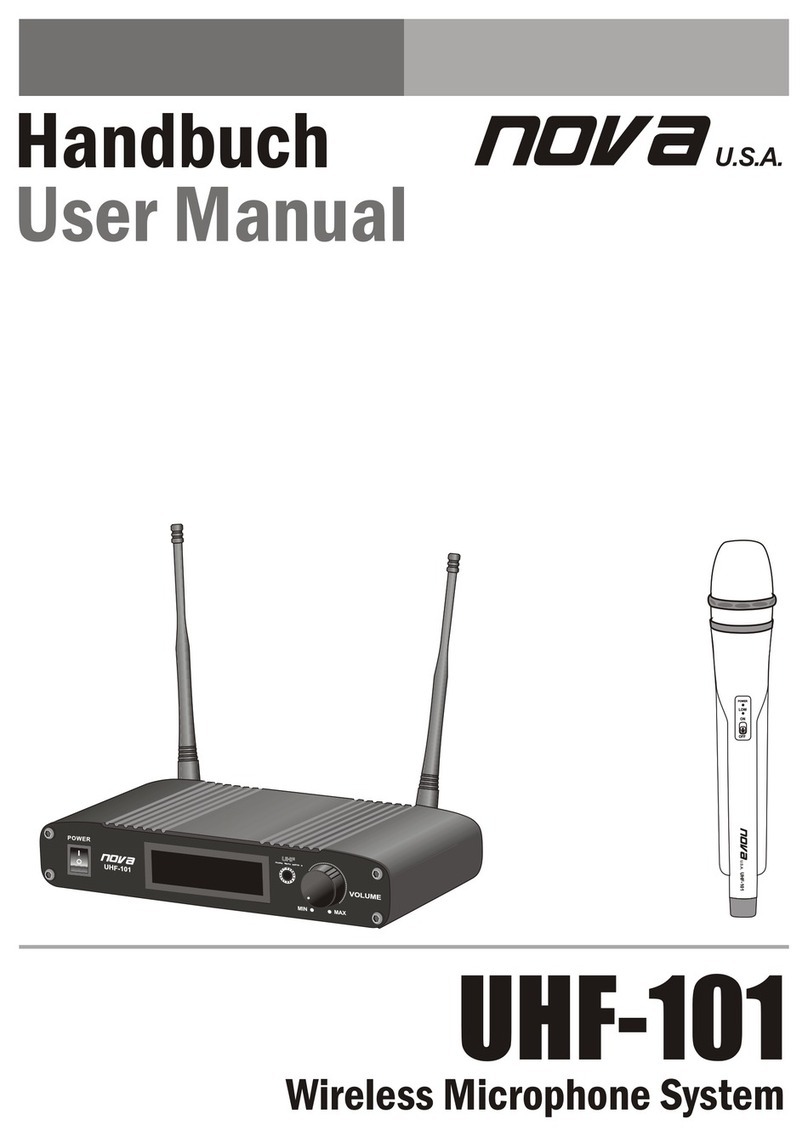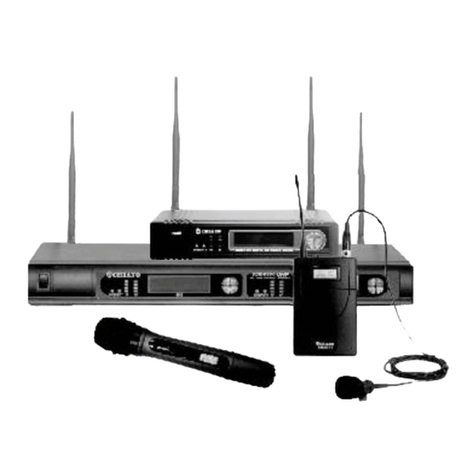The Fitness Audio DWR-2468 Receiver, DB-2420 and DH-2420 Transmitters are covered
by a minimum 12 month parts and labor warranty against manufacturer’s defects from
the date of purchase by the first owner.
Warranty Information
(Please retain for your records)
This product was purchased by:
(Your Business) ..........................................................................................................................................
on (date).../... /... from (Company)........................................................................................................
of (address) .................................................................................................................................................
Model Number(s)......................................................................................................................................
Serial Number(s)........................................................................................................................................
FCC & IC:
This device complies with Part 15 of the FCC Rules and Canada licence-exempt RSS-247
standard. Operation is subject to the following conditions:
(1) This device may not cause interference.
(2) This device must accept any interference, including interference that may cause
undesired operation of the device. This device complies with FCC RF radiation
exposure limits set forth for an uncontrolled environment.
Le présent appareil est conforme aux CNR d'Industrie Canada applicables aux appareils
radio exempts de licence. L'exploitation est autorisée aux deux conditions suivantes :
(1) l'appareil ne doit pas produire de brouillage, et
(2) l'appareil doit accepter tout brouillage radioélectrique subi, même si le brouillage
est susceptible d'en compromettre le fonctionnement.
Fitness Audio
in Europe - Fitness Audio Europe ApS - www.fitnessaudio.net
in the Americas - Fitness Audio, LLC of Santa Cruz, Ca. www.fitaud.com
and the rest of the world - Fitness Audio Distributors, Sydney, Australia
www.fitnessaudio.net.au
Manufactured for Fitness Audio Network P/L
PO Box 321 Alexandria, NSW 1435 Australia
Manufactured by Electronics
No. 30, Lane 27, Section 4, Jen-Ai Road, Taipei 10685, Taiwan
CE declaration info: www.chiayo.com.tw/declaration.html
12I2334















